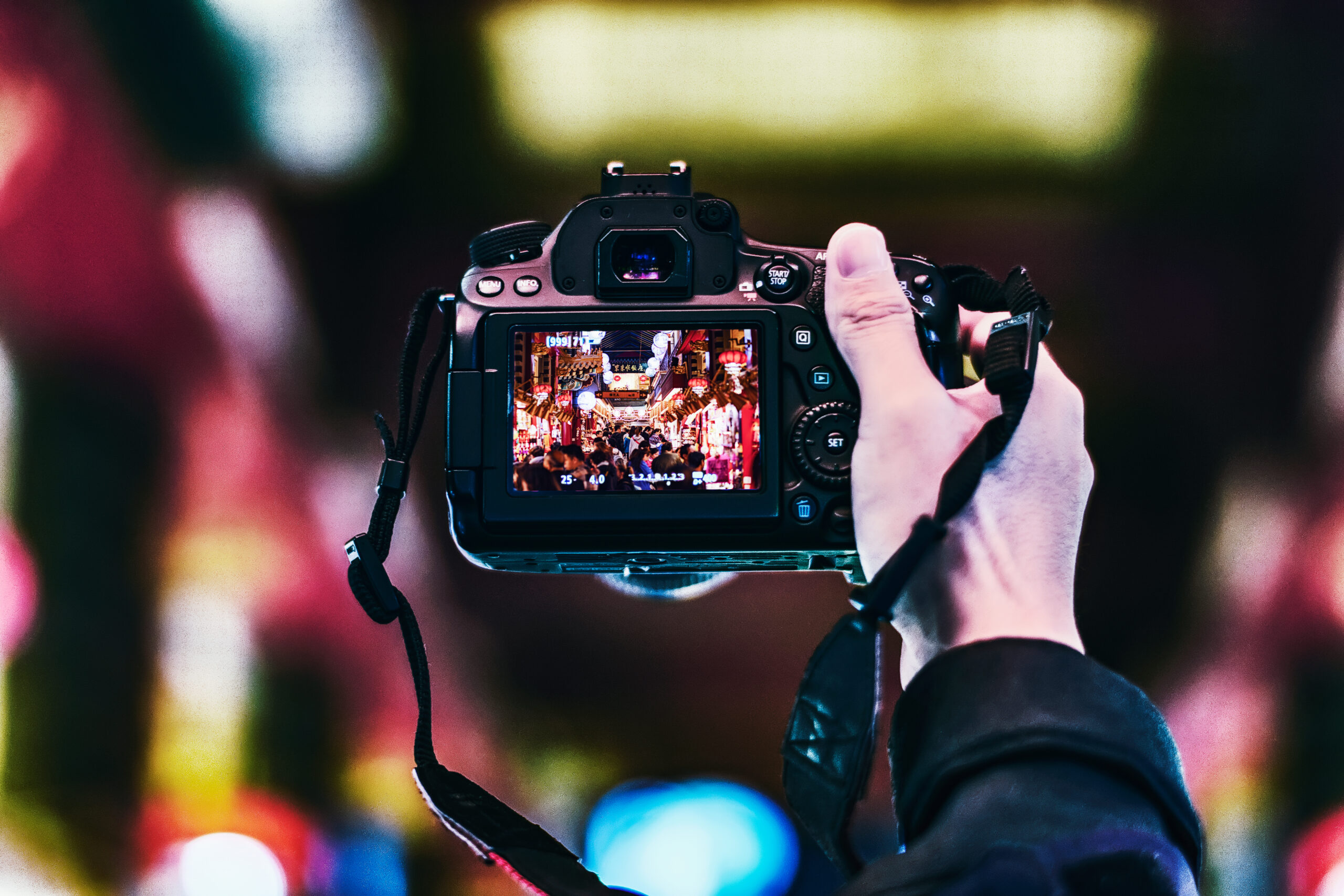Photography has a long and rich history. Humans, since their existence, always wanted to capture a moment or sceneries. This can be seen in numerous ancient paintings, frescos from the French renaissance era, the stone carved monuments around the world, etc. But the sad thing was, not everyone could paint. Then in the early 1800’s the first successful working camera was invented, and that made life easy for many people. Through the years, as the camera technology evolved people started to get better and better at capturing moments and just like painting, photography became a profession too.
Photography is divided into many sub-genres, some of the most popular are – Candid, Fashion, Landscape, War and Concert. As the title suggests, I’ll be talking about concert photography.
Just like any other genres, concert photography is very exciting. For some, it’s getting to click pictures of their favourite bands up close, while for the fans, it’s cherishing those moments later on in life. No matter how good it sounds, there is an ugly side too. Contradicting popular beliefs, concert photography alone will never pay your bills. Most of the times they are only handed a press pass for the event, that’s the only payment they get. All of this arises as Magazines publish just a couple of photos and web portals don’t have budgets to spend on photos due to lack of advertisement to support such sections. Abhimanyu Ghoshal, one of the leading concert photographers in India says –
“Why not create branded tear-out posters of exciting concert shots or downloadable wallpaper packs (sponsored by a brand)? Win-win situation for everyone, I’d say”
That is a very good concept. Magazines, online portals and fans would really benefit from that.
Apart from this there is a misconception among people that to be a great photographer, you need to have the best camera in town. I’ve seen many invest in expensive DSLR’s myself, but photography like any other form of art comes from within. You have to predict the movement of the band members. Understand the lighting on the stage and adjust your shutter speed accordingly. Basically your equipment has very little work to do, it’s all you and how you capture the moment. You can use a point-and-shoot camera and click better pictures than a DSLR if you have the talent.
When asked about what they expect from the organisers during gigs, here is what the leading pros in the business had to say:
Abhimanyu Ghoshal –
“What I expect from organizers is that they understand that helping us out helps them get better publicity for their events.
So that means a properly sized press/photo pit (the area in between the stage and the audience demarcated for photographers – the wider the better for us to get more interesting shots), a clear communication channel (for accreditation and at the venue – a press desk and single point of contact is ideal) and a proper briefing to be given to all security/stage staff about the arrangements made for photographers.
From my experience, I’d say that DNA Networks handles press the best; they know exactly what we need and are very courteous.”
Sagnik Karmakar –
“Most of the organisers are helpful. I have worked with 90% of the organisers and I have good relationships with most of them, but frankly some are completely messed up.
For me, Infinite Dreams and Overture have been the best in terms of arrangement. I never had any problem with them.”
So the next time you see someone with a camera taking pictures in the pit, just give them some respect and a little space to work, they are humans too. The only reason they may not retaliate a bad behaviour is because for them their job is more important. They have promised some magazine or e-zine to provide them with the best pictures from the event and that is more important to them than arguing with the organisers. Maybe during the argument they might lose that moment which could have made their clicks unique.



